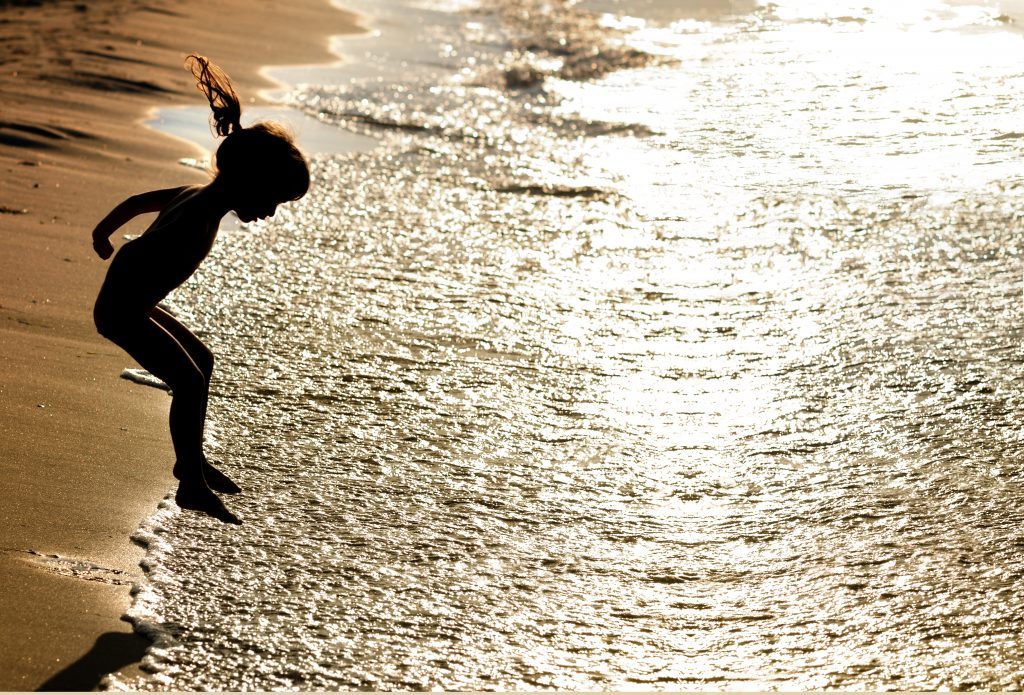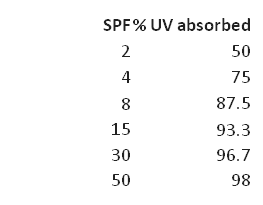Everything you need to know about sunscreen
Each year, the discussion starts again: which sun cream should you get? Should it be a cream, oil, pump or tube? With a mineral or synthetic filter? SPF 10, 15, 20, 30 or 50? Using it every hour or once a day? Waterproof or not? Everyone tells you something different. You get confused. We’re here to help! We’ll tell you everything you need to know, so you can make a well-informed decision.
Cream, lotion, oil …
Sun cream comes in various forms as creams, lotions and oils. There is no difference in effect, it’s just a matter of preference.
Pump, spray, tube …
What’s better: a pump, spray or tube? This depends on several things. What’s the most convenient for you, how ‘green’ do you want it to be and how precise can you work? When you use a spray you have to keep in mind that you have to spray a lot, because part of it will not end up on the skin. You should also make sure that you don’t spray near the nose or mouth. However, it is nice and easy and fast. When you use a tube, it’s easy to see the amount you’re using and a pump keeps everything nice and clean.

Solar filters
In the world of sunscreen, we distinguish two types of filters: the mineral and synthetic sun filter. The biggest difference in the solar filters is the operation.
- The synthetic sunscreen is absorbed by the skin and makes the sun radiation harmless in the skin. The most common synthetic filters are octocrylene and mexoryl.
- The mineral sunscreen creates a layer on your skin and reflects the harmful parts of sunlight. The most well-known mineral sunscreens are zinc oxide and titanium dioxide. You recognize these mineral filters by the white layer they leave on the skin. Some brands use nanotechnology: it decreases the size of the particles and thus reduces the visibility of the layer. Nanotechnology (always indicated on the packaging), however, is somewhat controversial because there is a risk that the particles become so small that they’re absorbed into the skin and blood stream. And that’s something we want to avoid.
At Petit&Jolie we prefer mineral filters, because they aren’t absorbed by the skin and therefore not in the blood stream. Provided that there is no nanotechnology used, of course. And the white layer? Just don’t take any pictures with flash, and you’ll be fine.
Please note that your sun cream has to absorb UV-A and UV-B (difference between UV-A and UV-B you see here ).
Factor SPF
SPF stands for Sun Protection Factor. It is the indication of how much UV is absorbed by the sun cream. The practical translation of this is that the factor
indicates how many minutes you can sit in the sun without getting a sunburn. For example: if you normally burn after 10 minutes, you will burn after 40 minutes if you use SPF 4. In the diagram below, you can see which SPF has UV absorbing ability.
The table also shows that the difference between 15, 30 and 50 is a lot smaller than the SPF factors below 15.

How often should I apply?
This is depending on the height of the SPF and the amount you apply, namely 2 mg/cm2. Make no mistake: this is a huge amount. See here how much that is. As a measure, you can use a teaspoon of sunscreen for the face and yes, this is probably much more than you are used to. Using less means that the SPF is lower than stated on the packaging. Keep this in mind. Our advice for kids? Use at least SPF 30 and apply every 2 hours.
Sidenote: no sunscreen blocks completely.
Waterproof or not?
‘Waterproof’ sunscreen means the products stays on the skin after contact with water. Products are called ‘waterproof’ if it remains on the skin for 50% after two dips in the water of at least 20 minutes. So, your sun protection is significantly less after swimming. Truth be told, there is no actual 100% waterproof sunscreen. If your children love to swim, you’ll have to start to love applying sunscreen.
We know, it is a lot of information. But now you are equipped with the right knowledge, so you can make a conscious choice when shopping and tanning. Still, children under 3 years of age should stay out of the sunlight completely. Certainly between 12.00 and 15.00. Light, breezy clothes are the best protection and there are even cute bathing suits with UV protection now. And after a nice summer day, the skin can be moisturize with bodylotion or massage oil.
Let the summer begin!




